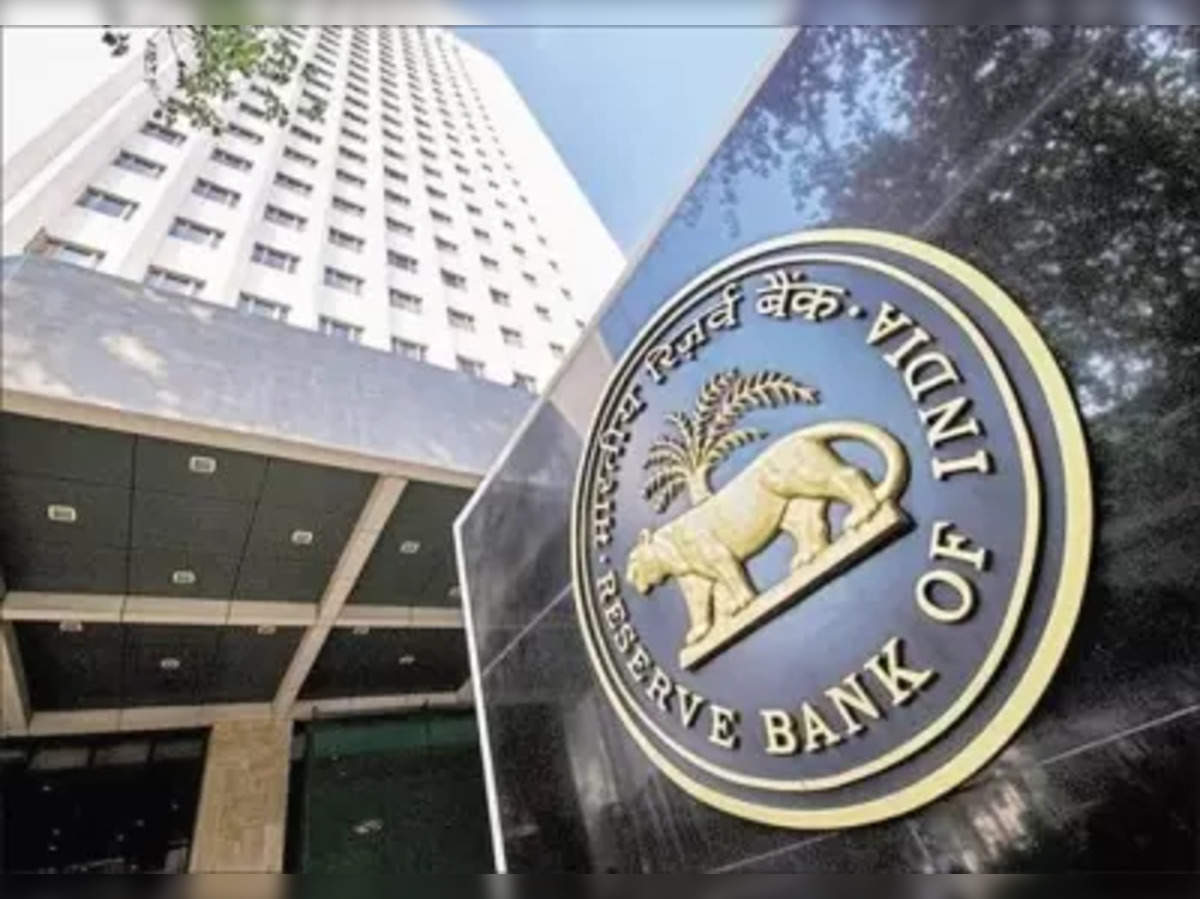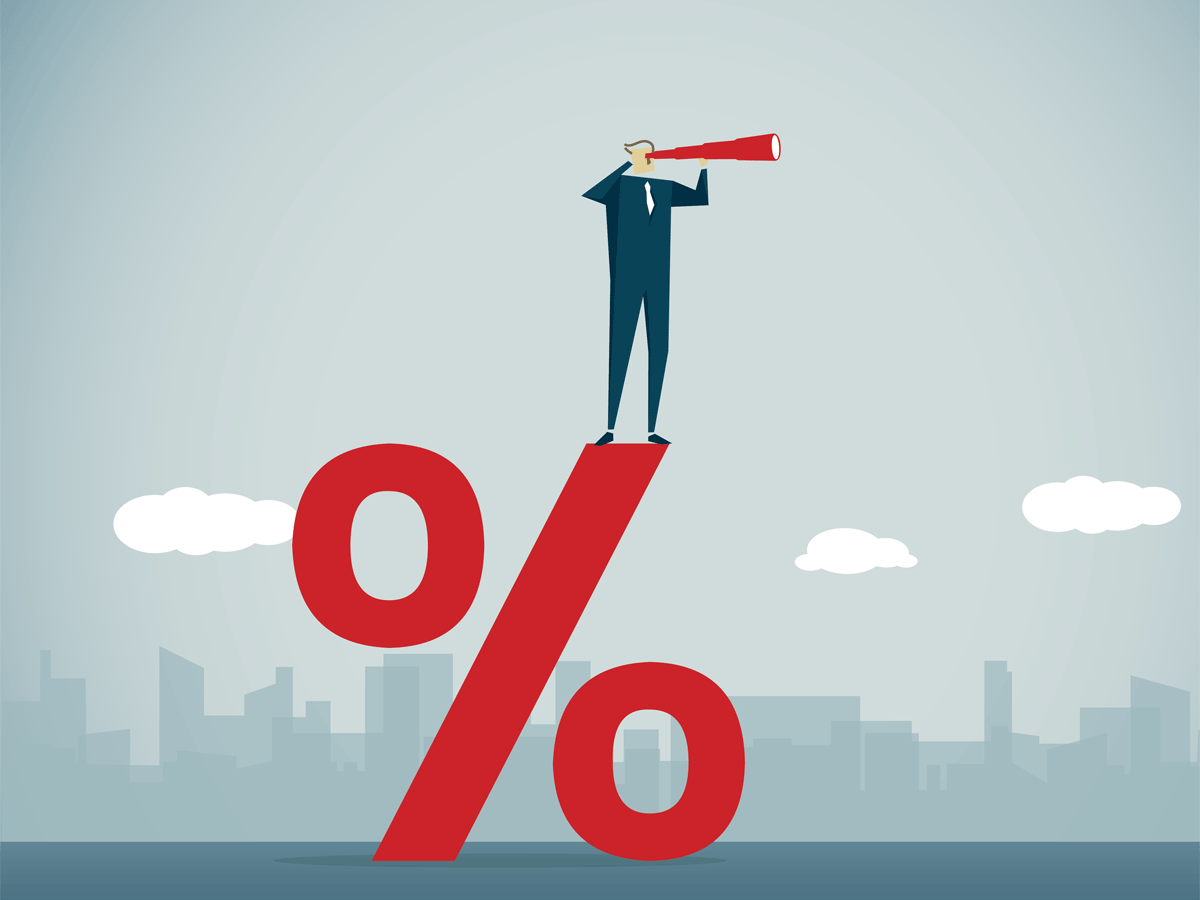Liquidity Deficit Surges To A 4-Year High Of INR 1.47 Lakh Crore On Tax Outflows- India’s Economy In The Spotlight As Festivities Approach
India's banking sector grapples with a four-year high liquidity deficit of INR 1.47 lakh crore, casting a shadow over the festive season.

Liquidity Deficit Surges To A 4-Year High Of INR 1.47 Lakh Crore On Tax Outflows- India’s Economy In The Spotlight As Festivities Approach
The banking sector in India is currently facing a financial crisis of unparalleled dimensions, with the liquidity imbalance reaching its highest level in four years at INR 1.47 lakh crore. This grave state of affairs appears to have been caused by significant withdrawals associated with advance tax payments as well as the necessary preparations for goods and services tax (GST) collection, which occurs on a quarterly basis As experts weigh their opinions on the situation, the ramifications of this liquidity crisis are being felt severely across the entire financial system.
India experienced the largest single-day liquidity shortage since April 23, 2019, on September 20, 2023. One must first comprehend the idea of liquidity, which is the lifeblood of any financial system, in order to appreciate the seriousness of this problem. The ability to get cash to cover immediate financial demands is referred to as liquidity. The banking system enters a position of deficit liquidity when it ends up borrowing more money from the Reserve Bank of India (RBI) than it lends. This not only shocks the banking industry, but it also has an impact on the broader economy.
Tools of the Trade
The Liquidity Adjustment Facility (LAF) as well as the Marginal Standing Facility (MSF) represent two of the measures the RBI uses to manage liquidity. While the MSF acts as a safety net in exceptional circumstances where banks urgently need money, it comes with a higher interest rate than the LAF, which is normally utilized for routine liquidity management.

The Impact on Banks
In response to the present liquidity crisis, banks have taken unusual action. A staggering INR 1.97 lakh crore has been borrowed by them all under the MSF, and an additional INR 46,724 crore has been stored under a special deposit facility. Experts estimate that the simultaneous occurrence of advance tax payments as well as GST outflows will cause the total outflows to soar to a startling INR 2.50 lakh crore. The fact that a sizeable sum of money is restrained in the incremental cash reserve ratio only serves to exacerbate this situation.
An experienced economist from IDFC First Bank, Gaura Sen Gupta, has issued a cautionary note, warning of the potential extra drain on rupee liquidity due to RBI’s foreign exchange interventions if pressures on the rupee continue to depreciate.
The Road Ahead
It is critical to keep in mind that, in the near future, the RBI plans to release 25% of the money held pursuant to the incremental cash reserve ratio on September 23 as well as an additional fifty percent on October 7. It is believed that this action will ease the liquidity bottleneck along with lower interest rates. In order to maintain short-term rates high, the central bank may, nevertheless, continue to keep a tight lid on liquidity in the foreseeable future. The pressure on the rupee as well as underlying inflationary threats are factors in this strategy.
Government expenditure is anticipated to restart by the end of the month, concurrent with the removal of ICRR regulations. These elements working together might signal a turning point, subsequently closing the gaping hole left by the liquidity shortfall. The sharp increase in the liquidity shortfall to a level not seen in four years serves as a harsh reminder of the fine line the Indian financial sector must walk.
While the RBI’s calibrated actions may offer a brief reprieve, comprehensively addressing liquidity issues is crucial for the stability of the Indian economy. The spotlight and attention are on policymakers as they navigate these choppy financial waters in an effort to bring about a return to a more secure as well as equitable financial climate. The country holds its breath as the crisis worsens in the hopes that this difficult scenario would be resolved quickly.
)
Borrowing Costs on the Rise
As the liquidity shortfall keeps getting worse, analysts are raising the alarm. The cost of short-term borrowing is best measured by the interbank call money rate, which has increased dramatically recently. When compared to the previous year, it is clear that the rate has increased by 110 basis points to reach 6.75%, where it is now equal to the rate for the Marginal Standing Facility (MSF). In order to put this in context, the call money rate was at 6.37% at the beginning of August, only 10 days before the Reserve Bank of India announced the incremental cash reserve ratio (I-CRR).
Festive Season Impact
The financial industry in India is still experiencing a liquidity crisis, and as the country prepares for the holiday season, worries are growing that the shortage of cash could overshadow the festivities.
Analysts are concerned about a potential “currency leakage” that might further tighten the liquidity balance as the holiday season picks up steam. An economist of IDFC First Bank named Gaura Sen Gupta issues a warning that this effect may endure even after the seasonal influence of I-CRR wanes in early October. This scenario is especially troubling because it is anticipated that holiday shopping would reduce the money supply in the upcoming months, which will impede credit expansion.
These worries are shared by Anubhuti Sahay, the director of South Asia economics research at Standard Chartered Bank. She observes that as credit growth is anticipated to slow to between ten and eleven by the end of the fiscal year, the lack of liquidity will probably directly affect the interest rates charged to borrowers. Sahay also predicts that India’s GDP growth will decrease, with a rate of 5.4% in the second half of the current fiscal year.
)
Optimistic Outlook
Not all analysts, meanwhile, are negative about the liquidity position. The government’s end-of-month expenditure will likely lead to a recovery in the economy in the upcoming weeks, according to QuantEco Research economist Vivek Kumar. In the words of Kumar, the core liquidity surplus, which is worth more than INR 2 lakh crore, somewhat offsets the liquidity shortfall, notwithstanding its size. Cash and other rapidly liquidated financial assets, such as government bonds, that banks retain as well as can use as a part of their operational cash flows are included in core liquidity.
The implementation of variable repo rate auctions (VRR), which ought to have caused some systemic discomfort, was another potential alternative step that Kumar mentioned that the RBI may have taken. The system is still operating at the MSF rate right now. The system would have been above the repo rate yet lower than the MSF rate if VRR had been introduced, potentially alleviating some of the liquidity stress.
As the holiday season draws near, the liquidity issue in India’s banking sector continues to be of concern. While difficulties still exist, there is a ray of light in the form of the possibility of liquidity going back into surplus in the upcoming weeks. The effect on borrowing costs as well as economic expansion, however, continues to be of urgent concern. A more positive financial environment as the holiday season approaches is what players in India’s financial landscape will be praying for as the situation develops.
A sharp reminder of the delicate balance that must be maintained between managing the country’s financial resources as well as ensuring economic stability is provided by the liquidity crisis that has engulfed India’s banking industry. In our original report, we discussed the worrying increase in the cash shortfall caused by GST preparations as well as advance tax payments. The fact that this deficit is the biggest it has been in four years has had a significant effect on short-term borrowing prices and credit expansion, casting an ominous shadow over the holiday season as well as the economy as a whole.
We investigated this matter further since it was clear that the effects of the liquidity crisis go well beyond what is reported in the media. The cost of interbank call money has increased, and there are worries that holiday shopping may further reduce liquidity, slowing credit expansion and possibly delaying India’s economic recovery. It is obvious that policymakers have a difficult task ahead of them in this complicated financial environment. They must strike a compromise between the urgency of promoting economic growth and the requirement to maintain stable rates for the short term.
The entire focus will be focused on India’s financial authorities as the holiday season draws near, looking for a solution that would allow the country to enjoy with a sense of financial stability. How to move forward is still uncertain as we are still navigating these hard financial waters. One thing is certain as the situation develops: the state of India’s banking liquidity is going to have a long-lasting effect on the country’s financial health, as well as we will continue to pay close consideration to this issue at hand.




